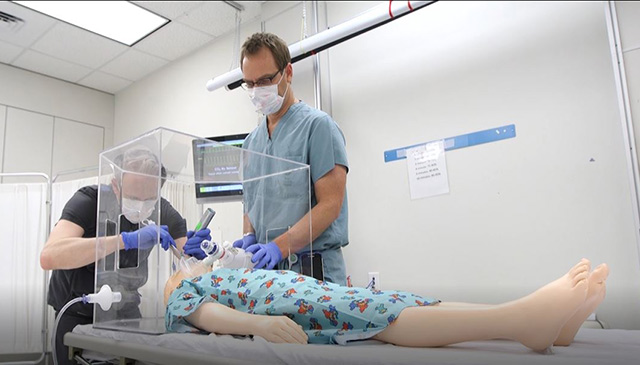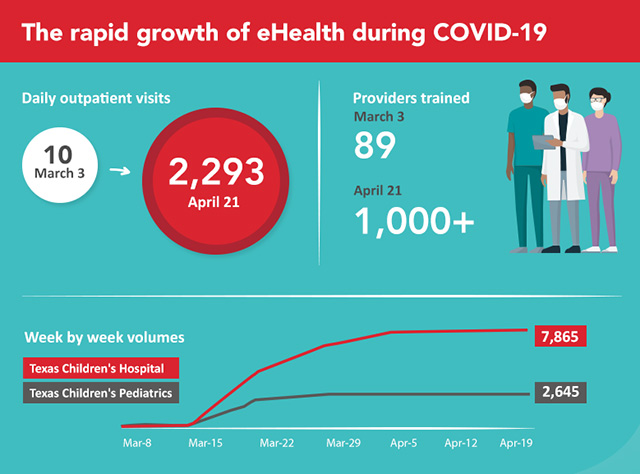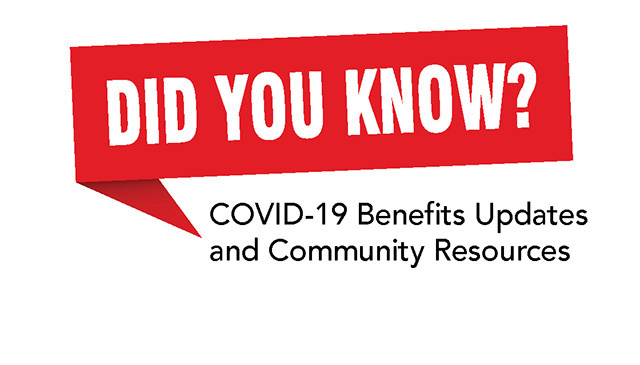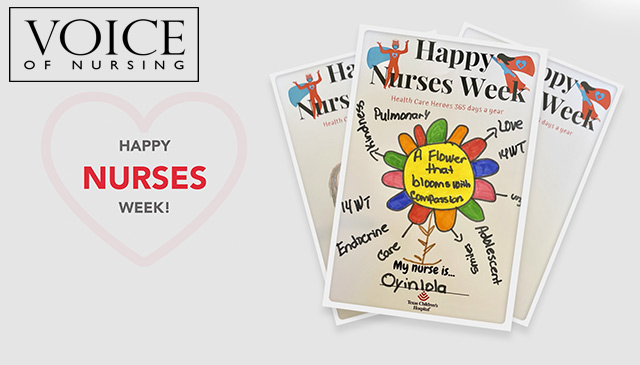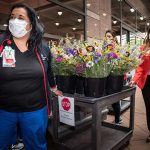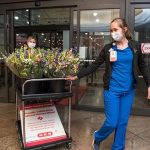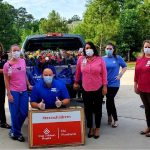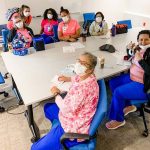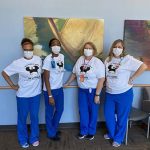May 13, 2020
So far, children have been relatively spared from the COVID-19 pandemic. Recently, however, the World Health Organization launched an investigation into a potential link between the disease and a severe inflammatory response that’s being seen in a small number of children across the world.
The symptoms have many of the characteristics of Kawasaki disease, an inflammatory condition experts at Texas Children’s have treated for decades. Our cardiologists, hospitalists and experts in inflammatory diseases, such as rheumatologists and immunologists, see about 100 children with Kawasaki disease each year.
“We believe our expertise in cardiology and rheumatology combined with our vast experience in critical care, patient isolation and infectious diseases will serve us well if we’re required to run toward this new COVID-associated problem,” said Chief of Pediatric Cardiology Dr. Daniel Penny. “We are ready for this.”
Penny, Chief of Critical Care Dr. Lara Shekerdemian, Chief of Rheumatology Dr. Eyal Muscal, and Special Isolation Unit Medical Director Dr. Amy Arrington answer some top-of-mind questions about this new condition, how it’s affecting children and how Texas Children’s can help.
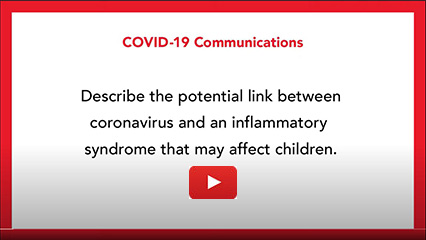
What is Kawasaki disease?
Dr. Penny
Kawasaki disease is a condition that was first described in Japan by Tomisaku Kawasaki in 1967. The first cases outside of Japan were reported in the mid-1970s. About three-quarters of cases occur in children under the age of 5 years and it is more common in boys than girls. Although it may be more frequently found in Asian-American children, it does occur in children of all ethnicities.
What are the signs of Kawasaki disease?
Dr. Penny
The common features of Kawasaki disease are high fever, rash on the chest, back and abdomen, red eyes or conjunctivitis, swelling and inflammation of the mouth, lips and throat, enlarged lymph glands in the neck, and redness and swelling of the hands and feet. Abdominal pain can also occur and appears to be common in recent reports of this condition associated with COVID-19. One particularly important complication of Kawasaki disease is that it can result in damage to arteries, including the coronary arteries, which supply the heart muscle itself. This results in the weakening of the arterial wall causing it to balloon out in a so-called aneurysm. Sometimes clots can form in these aneurysms which can block the artery. While in most children the aneurysms resolve over time, in some, scarring and narrowing can remain. If the artery blocks, it can lead to a heart attack. Another important complication of Kawasaki disease is that it can result in inflammation in the heart muscle directly, which can also impair its function.
What is the relationship between COVID-19 and Kawasaki disease?
Dr. Penny
What is becoming apparent is that the onset of this Kawasaki-like syndrome in a community appears to lag behind the appearance of COVID-19, which supports the idea that it is not the infection itself, but rather the body’s response to it that’s important. This condition was recognized earlier in Europe than in the U.S., where the onset of the community infection was later. What is also intriguing is that the incidence of Kawasaki disease in Japan, where the incidence is usually highest, does not appear to have increased during the coronavirus pandemic. This could potentially mean the precise genetic mechanisms which predispose to usual Kawasaki disease may differ from those for COVID-associated Kawasaki disease. In some children, it appears that the abnormal immune response results in severe multiple organ failure with circulatory collapse, or shock, so what we are really seeing is a spectrum of related conditions, which are all likely to result from an abnormal immune response to a primary infection with COVID-19.
How big of an issue is this?
Dr. Shekerdemian
Right now we don’t have an accurate picture of quite how big a problem this is or how big it’s actually going to be. But obviously as we gain more information from overseas and now from the United States, we’re becoming hyper vigilant so that we don’t miss potential cases that are coming in our direction. Last week, the UK reported around a dozen cases, and every day we’re hearing of more reports from the European epicenters, typically the United Kingdom and Spain. And now over the past few days from the east coast of the US as well.
What types of symptoms do these children have?
Dr. Shekerdemian
Children with this new inflammatory syndrome can present with fever, inflammation, abdominal pain, diarrhea, but sometimes they’re very sick and they have what we call shock. And this means that the heart and circulation can be affected as well. It’s important to know that not all children are critically ill, but we do know that in the extreme, some have required intensive care and very intensive therapies, and even life support.
What types of treatments are there for these patients?
Dr. Muscal
We treat severe inflammation and Kawasaki disease with a few approaches. One is getting the right experts involved to ensure that we make the right diagnosis. And then there’s a variety of interventions and medications we use to dampen the immune response. One of them is called intravenous immunoglobulins from pooled donors. And then there’s a variety of other medications like steroids, like we use for asthma, or other medications we use in rheumatic diseases to turn off the inflammation and sustain the normal immune response.
How prepared is Texas Children’s to care for one of these patients?
Dr. Shekerdemian
At Texas Children’s, we have all of the right specialists ready to care for these patients. If a child like this came to our Intensive Care Unit, we would bring together intensive care specialists, cardiologists, surgeons, and specialists in rheumatology, infectious diseases and immunology. That really gives us a wonderful team to investigate and treat the children as aggressively as needed to ensure they have the best possible outcome.
How would Texas Children’s Special Isolation Unit be used?
Dr. Arrington
Five years ago during the unprecedented Ebola outbreak in the US, Texas Children had the foresight to create a very special, one-of-a-kind pediatric bio containment unit to care for any child with any highly infectious pathogens, such as SARS, Ebola or, now COVID-19. The unit has HEPA filtration, special visualization with large windows, cleanable surfaces and pass through boxes, its own laboratory and its own autoclaves for biohazardous trash. The unit is run by a team of nurses from all over the organization, as well as physicians and advanced practitioner providers. We also have laboratory personnel, respiratory therapists, and even security staff trained to take care of these patients and their families. Between the unit itself, the team that runs it and other expert resources throughout our system, Texas Children’s is incredibly prepared to give children with this condition or others caused by highly infectious pathogens the highest quality of care.
